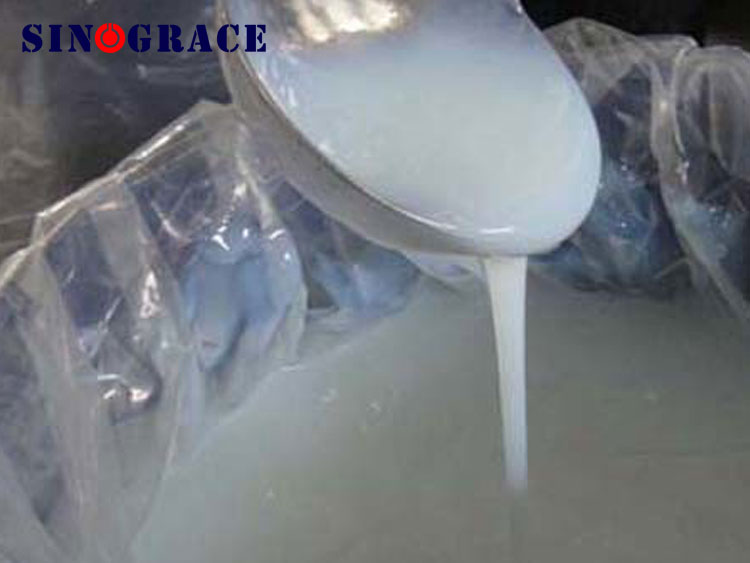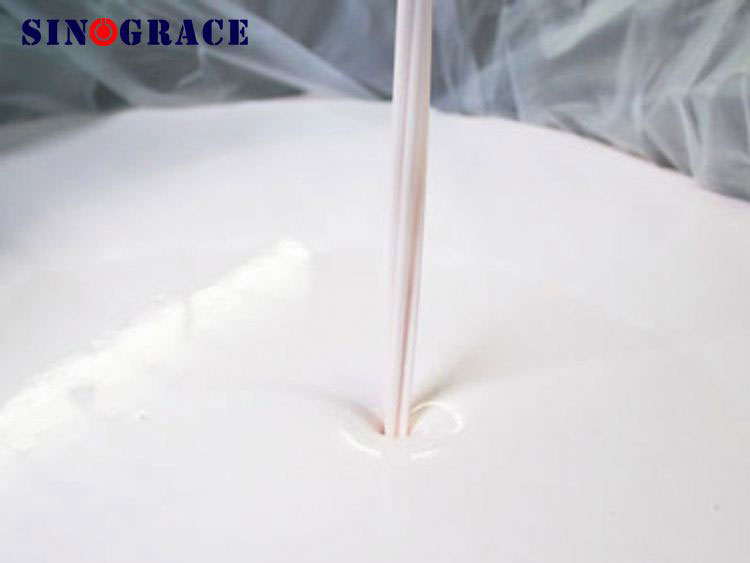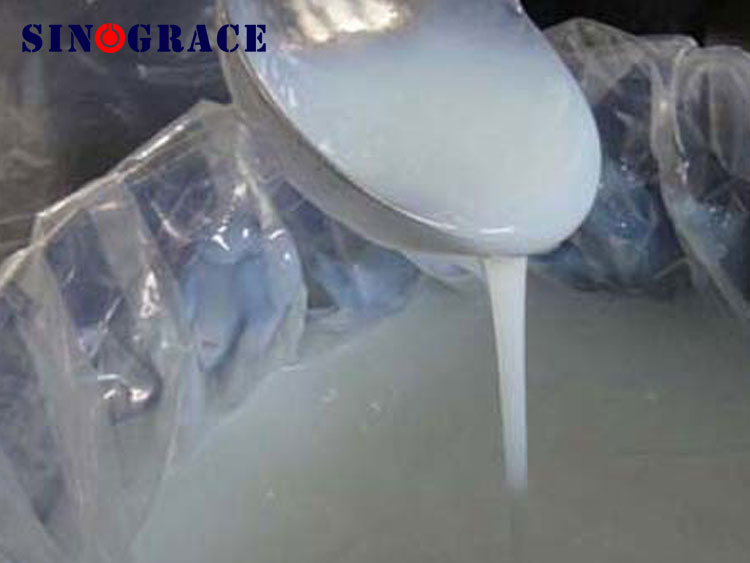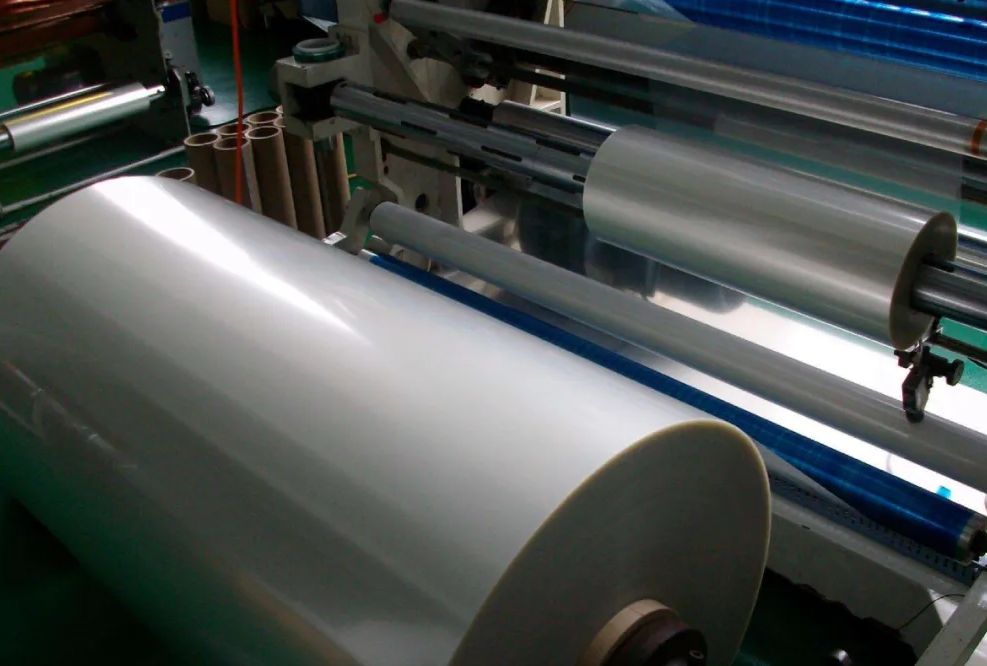Is it necessary to use water-based paint for exterior wall coating?
The world's coating variety structure is developing in the direction of reducing VOC, and water-based coating is one of the development directions. The proportion of traditional solvent-based coatings in China has gradually declined, and the development speed of water-based coatings is also very fast, but the low-grade varieties of polyvinyl alcohol still account for a large proportion. When choosing exterior wall coatings, whether water-based coatings are necessary depends on factors such as specific needs, environmental conditions and budget. Advantages of water-based coatings 1. Environmental protection ● Low VOC (volatile organic compounds), small odor during construction, more friendly to the environment and human health, in line with environmental regulations (especially suitable for public places or areas with strict environmental standards). Step 2: Security ● Non-flammable, low storage and construction risk, suitable for high-rise buildings or dense areas. 3. Breathability ● Water-based coatings usually have good permeability, can reduce the accumulation of water vapor inside the wall, reduce the risk of mildew, suitable for humid climate areas. 4. Convenient construction ● Can be diluted directly with water, easy to clean tools, suitable for DIY or quick construction. 5. Weather technological progress ● Modern water-based coatings (such as acrylic, silicon C class) ultraviolet resistance, weather resistance has been close to oil-based coatings, high-end products can meet the general climate needs. Oil-based paint application scenarios 1. Extreme environments ● Oil-based coatings (such as solvent-based fluorocarbon paint) may be more durable in areas that are resistant to chemical corrosion, high temperature, high humidity or strong ultraviolet light (such as coastal, industrial areas). 2. Adhesion and hardness ● Oil-based paint has strong adhesion to the base and high hardness of the paint film, which is suitable for external walls that are easy to wear or need impact resistance. 3. Renovate old walls ● If the old wall has an oily coating, directly covering the water-based paint may require additional treatment (such as sanding, transition primer), and the oil-based paint is more compatible. When is water-based paint recommended? 1. High environmental requirements ● Such as homes, schools, hospitals and other air quality-sensitive scenes. 2. Humid climate ● In the rainy areas in the south, the permeability of water-based coatings can reduce wall bubbling and peeling. 3. Conventional climate ● Medium and high-end water-based products (such as elastic latex paint) have been able to meet most climate needs, and the durability can reach 5-10 years. Matters needing attention ● Base treatment: regardless of water or oil, the base needs to be clean and firm, and the alkaline is too high (new cement wall) needs to be covered. ● Product selection: Identify the brand and test report, pay attention to weather resistance, stain resistance and other...
read more

 English
English français
français русский
русский español
español العربية
العربية








